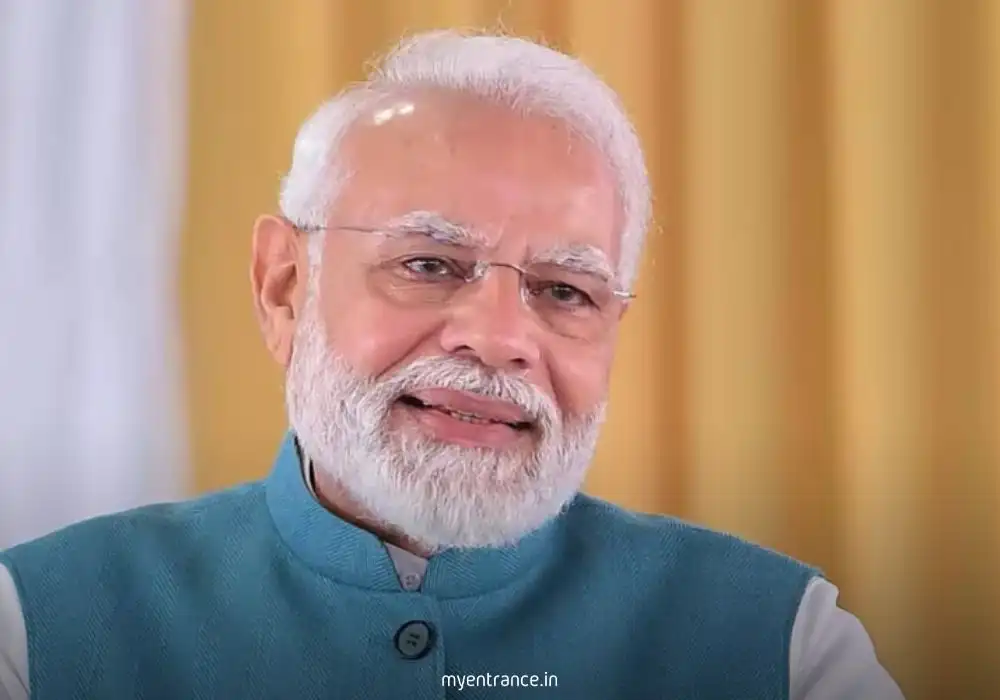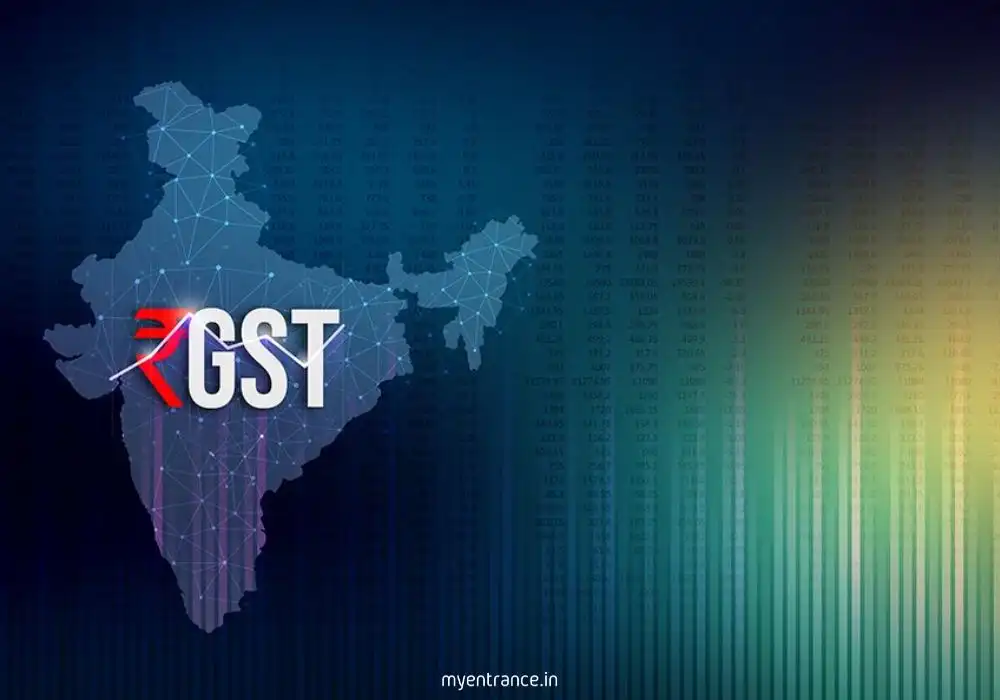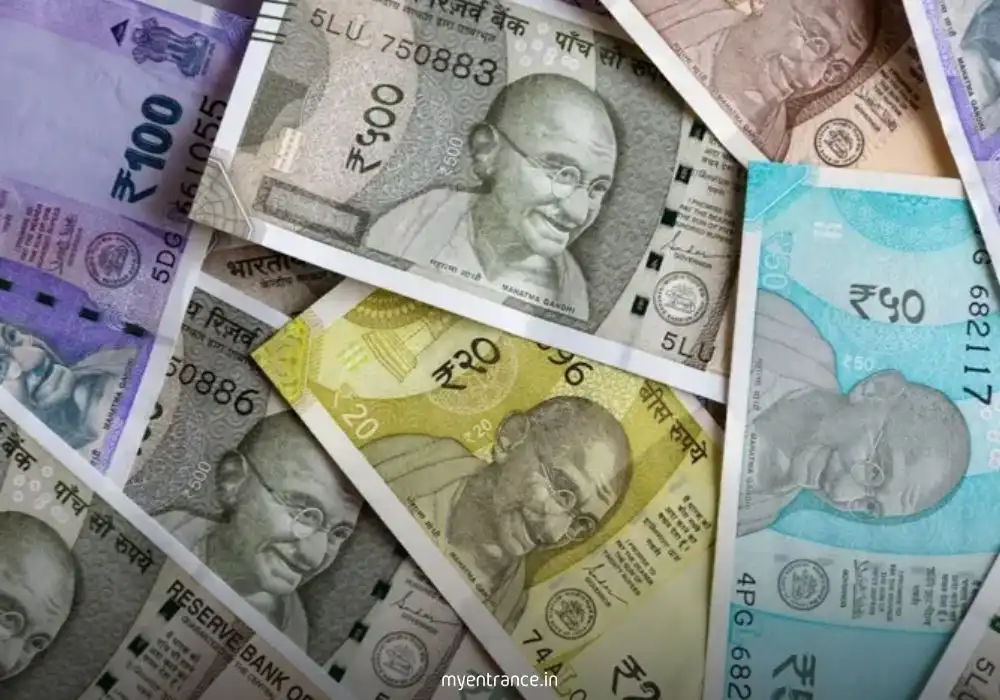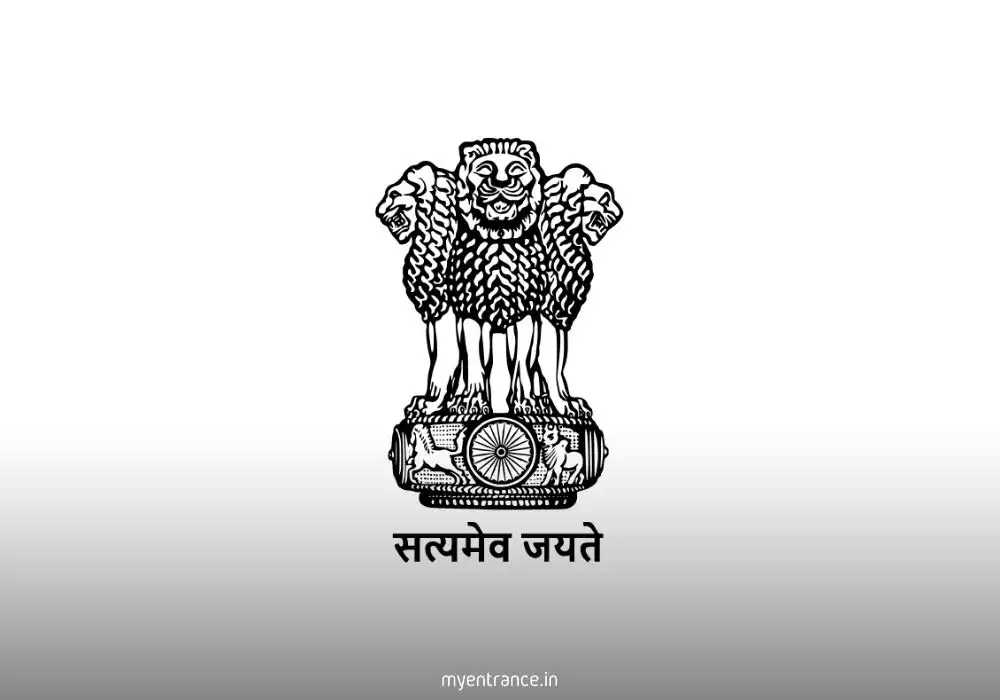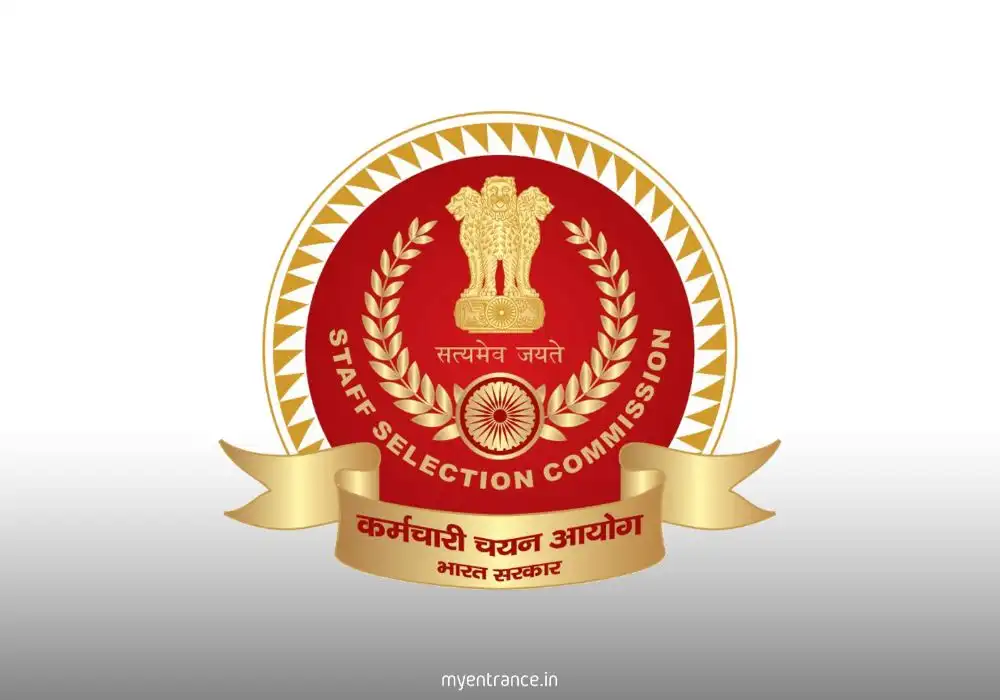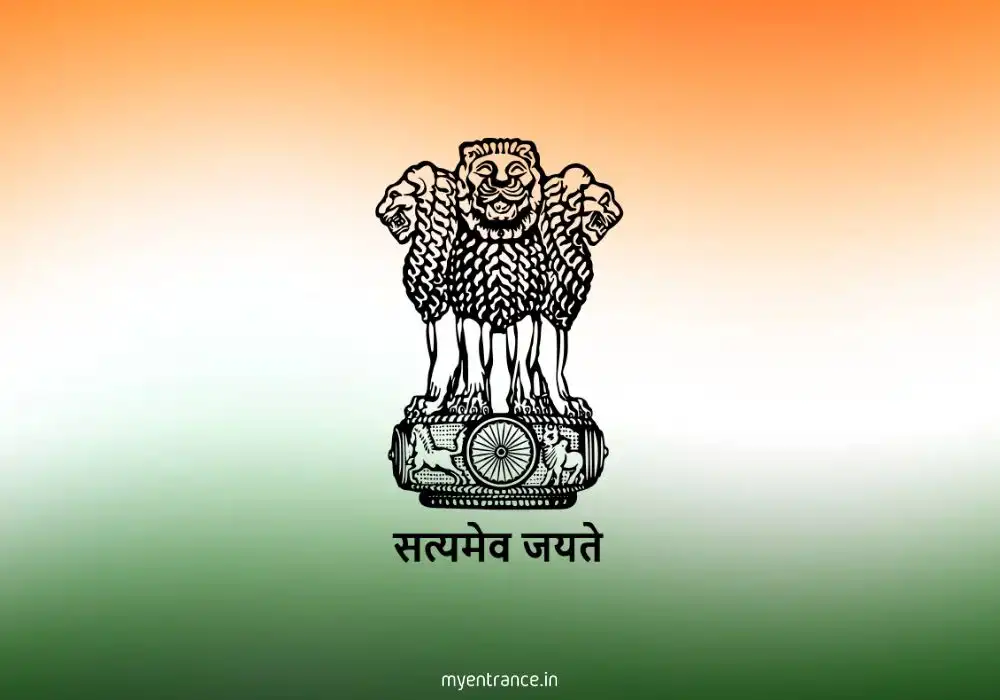Translate Language
What is a Tariff? Definition, Types, Purpose, and Economic Effects
Tariffs play a crucial role in international trade, shaping economic policies and protecting domestic industries. Whether you’re preparing for competitive exams like UPSC, SSC, PSC, or KAS, understanding tariffs is essential for economics and current affairs. This guide explains tariffs in detail, covering their types, functions, economic effects, and modern trends in global trade.
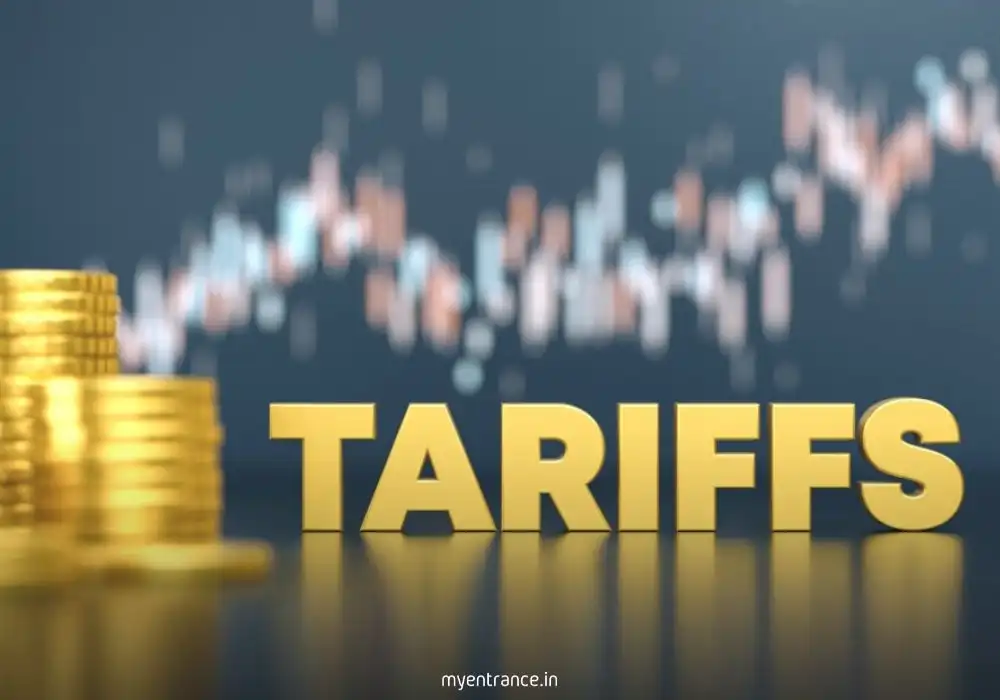
What is a Tariff?
A tariff is a tax or duty imposed by a government on imported goods and services. It is one of the oldest trade policy tools, used to:
Control international trade by making foreign goods more expensive.
Protect domestic industries from foreign competition.
Generate revenue for the government.
By increasing the cost of imports, tariffs encourage consumers to buy locally produced goods, supporting domestic businesses and employment.
Types of Tariffs
Ad Valorem Tariff – A fixed percentage charged on the value of imported goods (e.g., 10% on electronics).
Specific Tariff – A fixed fee based on quantity (e.g., ₹500 per ton of steel).
Compound Tariff – A combination of both ad valorem and specific tariffs.
The World Trade Organization (WTO) regulates tariffs globally, ensuring fair trade practices among member nations.
Purpose and Functions of Tariffs
Tariffs serve multiple economic and political purposes:
1. Protection of Domestic Industries
High tariffs on imports (e.g., steel, textiles) make foreign goods costlier, boosting local production.
Helps safeguard jobs and promotes industrial growth.
2. Revenue Generation
In developing nations, tariffs contribute significantly to government income.
According to the IMF, some countries rely on tariffs for up to 25% of their revenue.
3. Strategic Trade Tool
Used in trade negotiations to pressure other nations.
Retaliatory tariffs may be imposed to counter unfair trade practices.
Economic Impact of Tariffs
While tariffs benefit domestic producers, they also have downsides:
Pros:
✔ Supports local businesses and employment.
✔ Reduces dependency on foreign goods.
Cons:
✖ Increases prices for consumers.
✖ May lead to trade wars, as seen in the US-China trade conflict (2018-2024).
✖ Can disrupt global supply chains, raising production costs.
Historical Example: The Smoot-Hawley Tariff Act (1930) in the US worsened the Great Depression by triggering global trade wars.
Global Tariff Framework & WTO Regulations
The WTO ensures fair tariff policies through:
Most Favored Nation (MFN) Principle – Equal tariffs for all WTO members.
Anti-Dumping Duties – Temporary tariffs to prevent unfair pricing.
Trade Negotiations – Countries agree on tariff reductions over time.
Modern Trends in Tariff Policies
Declining Global Tariffs – Average global tariff is 2.59% (WTO, 2024).
Rise in Protectionism – Trade wars (e.g., US-China) disrupt global trade.
Climate-Related Tariffs – The EU’s Carbon Border Tax (CBAM) penalizes high-carbon imports.
Questions & Answers (For Competitive Exams)
Q1: What is a tariff?
A: A tax imposed on imported goods to regulate trade and protect domestic industries.
Q2: What is an ad valorem tariff?
A: A tariff calculated as a percentage of the imported product’s value (e.g., 15% on cars).
Q3: How do tariffs affect consumers?
A: They increase prices of imported goods, reducing choices and raising costs.
Q4: What was the impact of the Smoot-Hawley Tariff Act?
A: It worsened the Great Depression by triggering global trade wars.
Q5: What is the role of the WTO in tariff regulation?
A: The WTO ensures fair and transparent tariff policies among member nations.
Conclusion
Tariffs remain a powerful yet controversial tool in global trade. While they protect local industries, excessive use can harm economies. For exam aspirants, understanding tariffs is crucial for economics, current affairs, and international relations. Stay updated with MyEntrance.in for more insights on competitive exam topics!
Get 3 Months Free Access for SSC, PSC, NIFT & NID
Boost your exam prep!
Use offer code WELCOME28 to get 3 months free subscription. Start preparing today!


